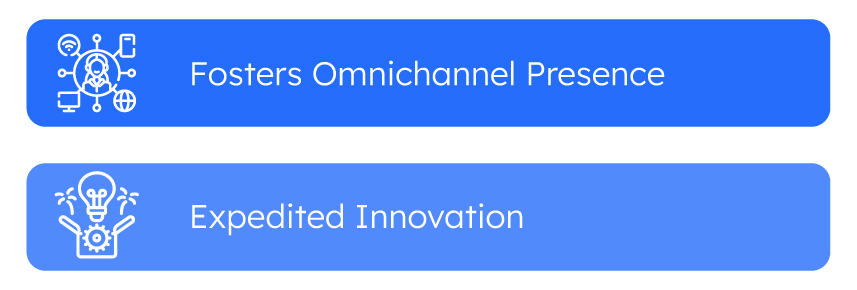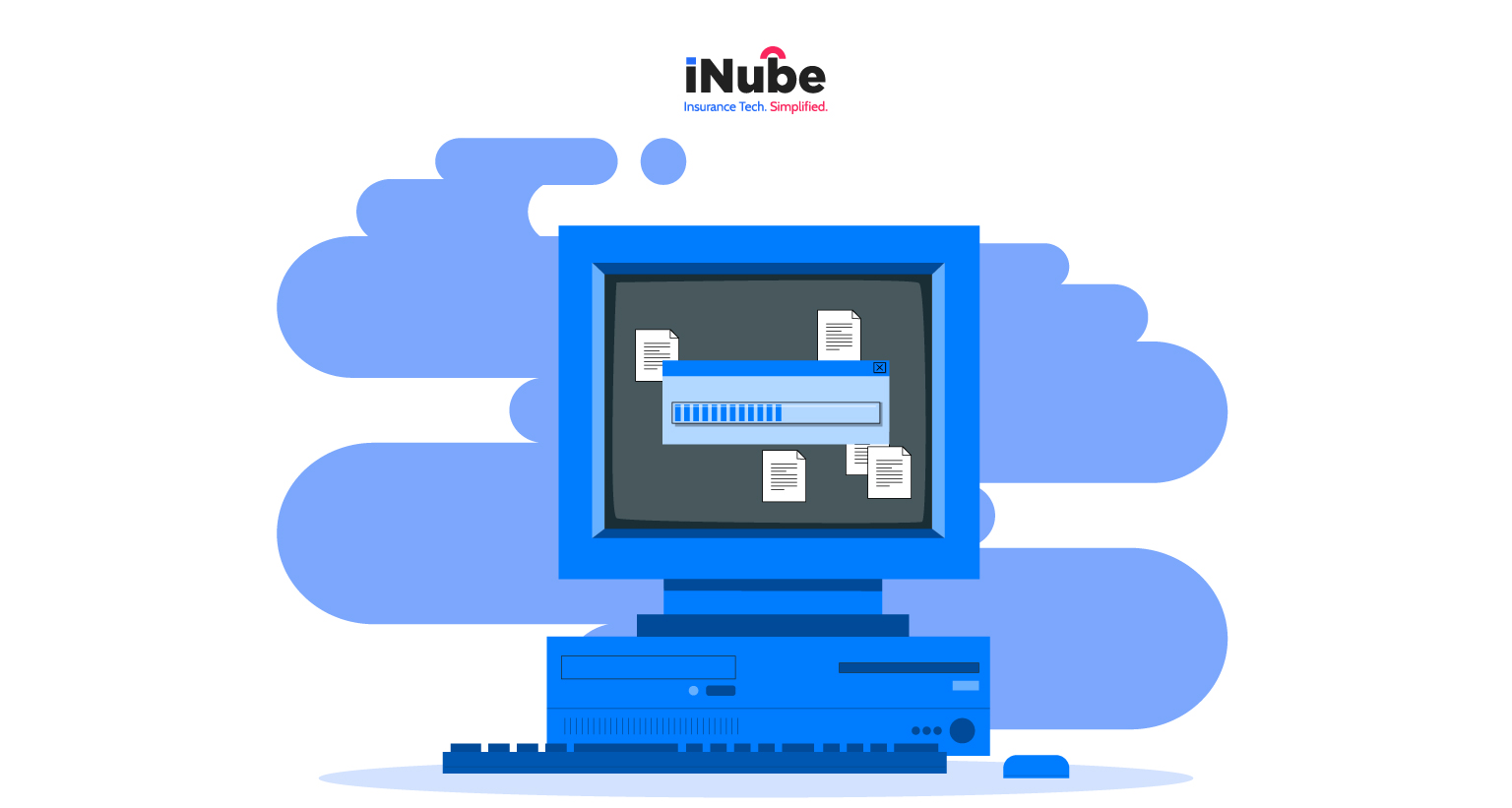Here’s a pressing question that every insurer using outdated systems needs to acknowledge: Can relying on Legacy systems truly prove to be scalable as the insurance industry rapidly adapts to AI in their operations? It’s important to understand that in 2025, “Good enough” isn’t going to be enough. It’s time for insurance software to be redefined, and if you are still relying on outdated systems and technology, you are likely missing out on the opportunities for growth, efficiency, and customer satisfaction. Read on further to understand why the upgradation of outdated insurance software is needed, especially in 2025.
Why is Intelligent Insurance Software Needed in 2025?
As the capabilities of Artificial Intelligence grow in the insurance industry, it’s important for insurers to acknowledge the growing importance of insurance software. In 2025, intelligent insurance software offers more than just basic automation features. Here’s a closer look at them:
Smarter Claims Management
An insurance software in 2025 that is claimed to be intelligent needs to offer smarter claims management. Traditional claims management is often a cumbersome process and can be adequately transformed by AI in claims processing. With modern software using AI, there can be intelligent document analysis, automated verification, and prediction of potential fraud. This intelligent approach leads to faster and automated claims management, followed by improved customer satisfaction through efficient insurance claims automation.
Intelligent Underwriting
Underwriting in 2025 is no longer the same as it was five years ago. With AI in underwriting, there is a lot of efficiency that insurers can harness. This includes automation of risk evaluation, improving fraud detection, and more. AI algorithms can actively detect any fraudulent claims and offer personalized policy options along with dynamically adjusted premiums. Additionally, machine learning algorithms can be used for insurance pricing and automated risk assessment.
Hyper-Personalized Offerings
Another important way by which AI is calling for the upgradation of insurance software is by empowering the insurers with hyper-personalized offerings. AI algorithms can offer hyper-personalized recommendations, leading to higher conversion rates and more customer loyalty.
Improved Customer Interactions
Customer interactions in 2025 are changing rapidly. Today, almost every insurer is leveraging chatbots to resolve customer queries and enhance customer experience. AI-powered chatbots and sophisticated virtual assistants for insurance are offering instant, personalized support, answering complex queries, and also guiding customers easily through various processes.
Understanding the Need- Why API First Architecture and Headless Design is Here to Stay
The traditional and monolithic structure of insurance software is increasingly giving way to a more flexible approach: API first architecture and headless design.
Taking a closer look at how these technologies can significantly help modern insurers:

Fosters Omnichannel Presence
With independent front-end and back-end platforms, insurers can significantly gain consistent experience across all touchpoints. Including web portals, mobile apps, agent desktops, and even emerging channels. This omnichannel insurance platform offers effortless customer journeys, and it does not depend on any of the internal interactions.
Expedited Innovation
The API integration in insurance enables easier connection with the third-party services and also allows for the adoption of new technologies without having to overhaul the entire system. This open approach efficiently fosters innovation and also allows the insurers to quickly adapt to market changes.
As API and headless architecture unlock efficiency for insurers, it’s equally important for insurers to understand the importance of integration and open ecosystems in 2025.
Why Integration and Open Ecosystems Matter in 2025?
In 2025, insurers leveraging standalone systems face many troubles. Today, CRM integration in insurance offers a seamless connection with the payment gateways, and the ability to seamlessly integrate with diverse insurance data integration sources is pivotal.
Holistic Customer View
With open ecosystems, insurers can get a holistic customer view. Integrating into the CRM (Customer Relationship Management) system offers a 360-degree view of the customer, and this enables more personalized and effective interactions.
Streamlined Transactions
Another critical benefit of open ecosystems is that they help in offering streamlined and efficient premium payments and claim reimbursements.
Enhanced Risk Assessment
With the integration of third-party data providers, there is an improved risk assessment. The third-party data providers empower the insurers to strengthen their underwriting processes as well as their fraud detection capabilities.
Conclusion
As the insurance landscape further evolves, the digital capabilities in insurance will also evolve. With the power of automation and modern technology, insurers can redefine their insurance software platforms and strengthen their operational efficiency to deliver the best customer experience.

Archismita Mukherjee
Insurance Content Analyst


